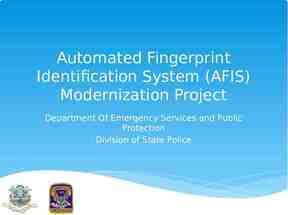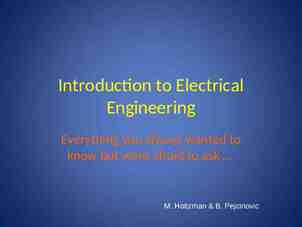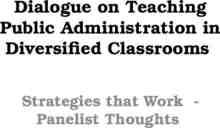Organizing Emails Breana, Hunter, Emily
20 Slides248.97 KB
Organizing Emails Breana, Hunter, Emily
Your goal is to organize your message so that it is clear and concise to your readers.
4 Keys to Organization 1. 2. 3. 4. Write a clear subject line. Organize your thoughts before writing. Use free-writing or a graphic organizer. Use the inverted-pyramid style for most emails.
Types of Organization
Inverted-pyramid style The inverted-pyramid is the best way to organize an email. When using the inverted pyramid you put the most important, main ideas first, and then fill in the rest of the ideas.
T-Bar The T-bar chart can be used to organize many types of messages. For example, the columns could be labeled “Before” and “After” or “Pros” and “Cons.”
Flowchart A flowchart enables you to show a process in a simple, clear way. They help a writer make sure that all the steps have been included in the correct order, and help you “see” the entire process.
Timeline A time line can help you organize steps of a process in the same way a flowchart can.
Lists Lists help both the writer and the reader quickly see the details. For lists with a sequence or ranking, use numbers. For lists without a specific order, use bullets or asterisks.
Organizing Emails
Does an e-mail need a salutation or greeting? Emails going out to clients and customers always include an opening or a greeting. Emails with in the company, however, may not. You may use a standard greeting such as “To all employees:” or “Dear Ms. Jackson:” Use a less formal greeting for someone you know well, such as “Good morning, Liz” or “Hello, Tom.”
Does an email have a middle part? Short emails may only contain one paragraph, but longer emails should be broken into paragraphs for every main point and its supporting details.
Does an email need a closing? Emails should almost always include a thank you. This thank you should be short and to the point. People in senior management usually don’t include a closing when writing to each other. Emails sent out to clients and customers should almost always include a closing where you: Say thank you Request or offer help
Comparing the Editions In the new book, instead of a section on free-writing, there is a section on how good organization can help you deliver your message. In the new book, instead of a flow chart, a time line has been added. The T-bar is drawn differently, with bullets instead of abstract points.
Questions
What is the best way to organize an email? The Inverted-pyramid style is the preferred way to organize an email.
What does a flowchart show? A flowchart helps put a process or a series of steps in order.
How do lists help organize a message? They let both the reader and the writer quickly see the important details of an email.
Summary Good organization is essential for communicating clearly through emails. Graphic organizers such as flowcharts, timelines, T-bar graphs, lists, and the inverted pyramid can help you organize your message so that it is as effective as possible. Effective emails include greetings, introductions, bodies, and conclusions.
Picture sources http://www.internetmarketinginc.com/wp -content/uploads/2010/08/Pyramid2-300 x236.gif http://commons.wikimedia.org/wiki/File:F lowchart example.svg http:// www.myread.org/images/t chart.gif http://3.bp.blogspot.com/roOEkblPfQ4/TsLUGggLlLI/AAAAAAAADA A/1zewuDUS0DE/s400/check-list.jpg

























